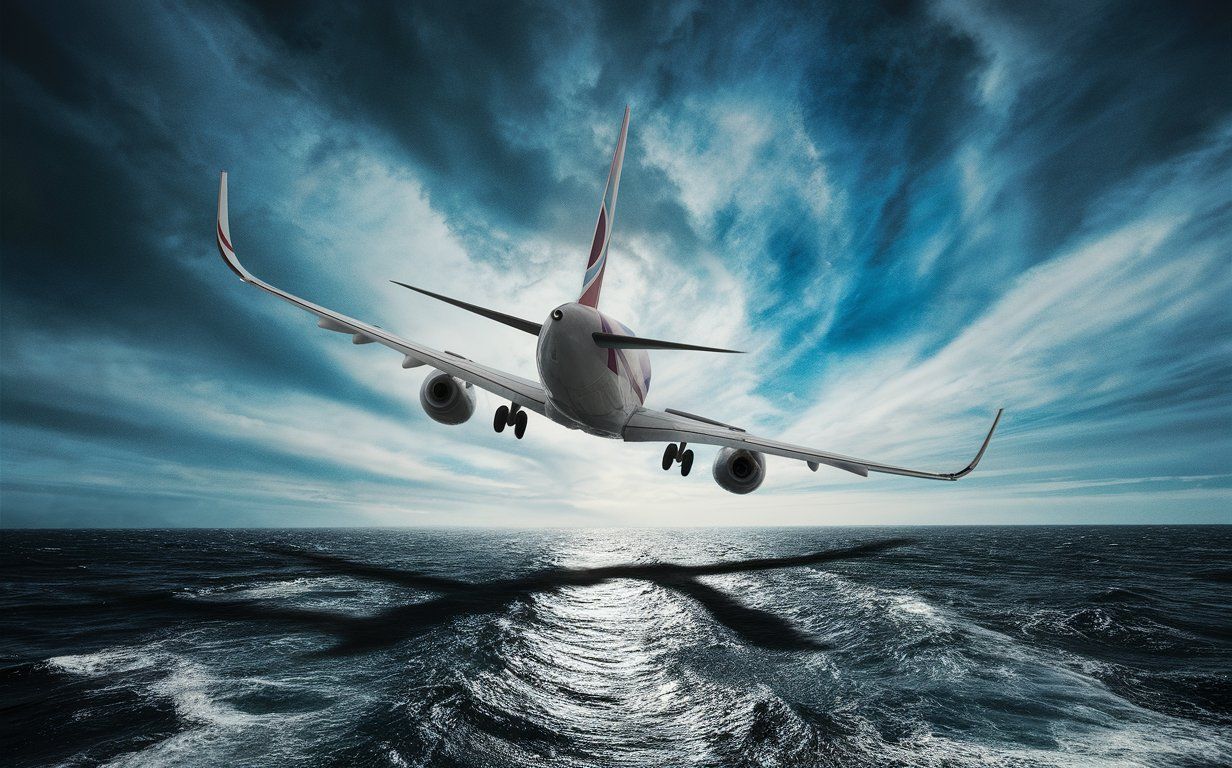Missing planes unfound: a solution to locate them
Follow us on Google News (click on ☆)

For this study, over 100 hours of data captured by hydrophones after 10 historical plane crashes and one submarine disappearance were analyzed.
The results, published in Scientific Reports ten years after the disappearance of MH370, recommend further investigations into the last known position of the aircraft and establish a framework for managing similar incidents in the future. Violent impacts in the ocean produce distinctive acoustic signatures that travel long distances and are recorded by hydrophones placed at various locations on the seabed.
Dr. Usama Kadri, a professor at Cardiff University's School of Mathematics, explains that clear pressure signals from previous plane crashes have been detected by hydrophones, even from over 1,860 miles (3,000 km) away.
In the case of MH370, official investigations concluded that the aircraft must have crashed near the 7th arc, the point of the last communication between the plane and INMARSAT. A further analysis is necessary to understand the detected signals and their implications for the disappearance of MH370.

Location of CTBTO hydroacoustic stations H11N and H11S (white triangles); crash sites of three aircraft (indicated in yellow): F-35a, Transair Flight 810, and Asiana Flight 991; distances and bearings relative to the hydroacoustic stations (shown in magenta).
The cyan star indicates the location of the M 4.8-9 km S of Yōkaichiba, Japan, earthquake, 2014-03-07 18:34:20 (UTC) 35.611o N 140.552o E depth 14.9 miles (23.9 km).
Credit: Scientific Reports (2024). DOI: 10.1038/s41598-024-60529-1
The study recommends field experiments, including controlled explosions along the 7th arc, while monitoring signals received at the surrounding hydroacoustic stations, and comparing them with archived recordings. These experiments could provide clues to the location of the missing plane. They would also help develop the use of hydroacoustic technology to locate potential crash sites in the future.
Dr. Kadri explains that similar experiments were conducted during the search for the ARA San Juan, a submarine that went missing in 2017. This proves that these tests are feasible and could help confirm if signals are related to MH370.
MH370 disappeared on March 8, 2014, during a flight from Kuala Lumpur to Beijing. Despite an extensive international search, the location of the plane and the fate of its 239 passengers remain unknown.